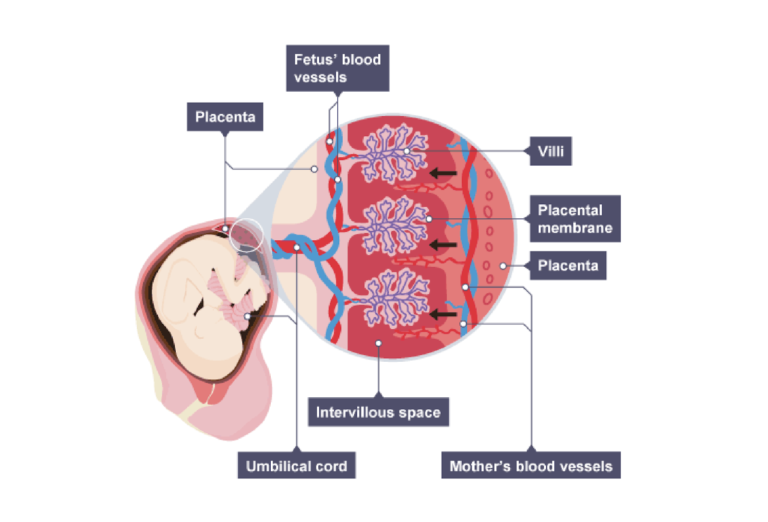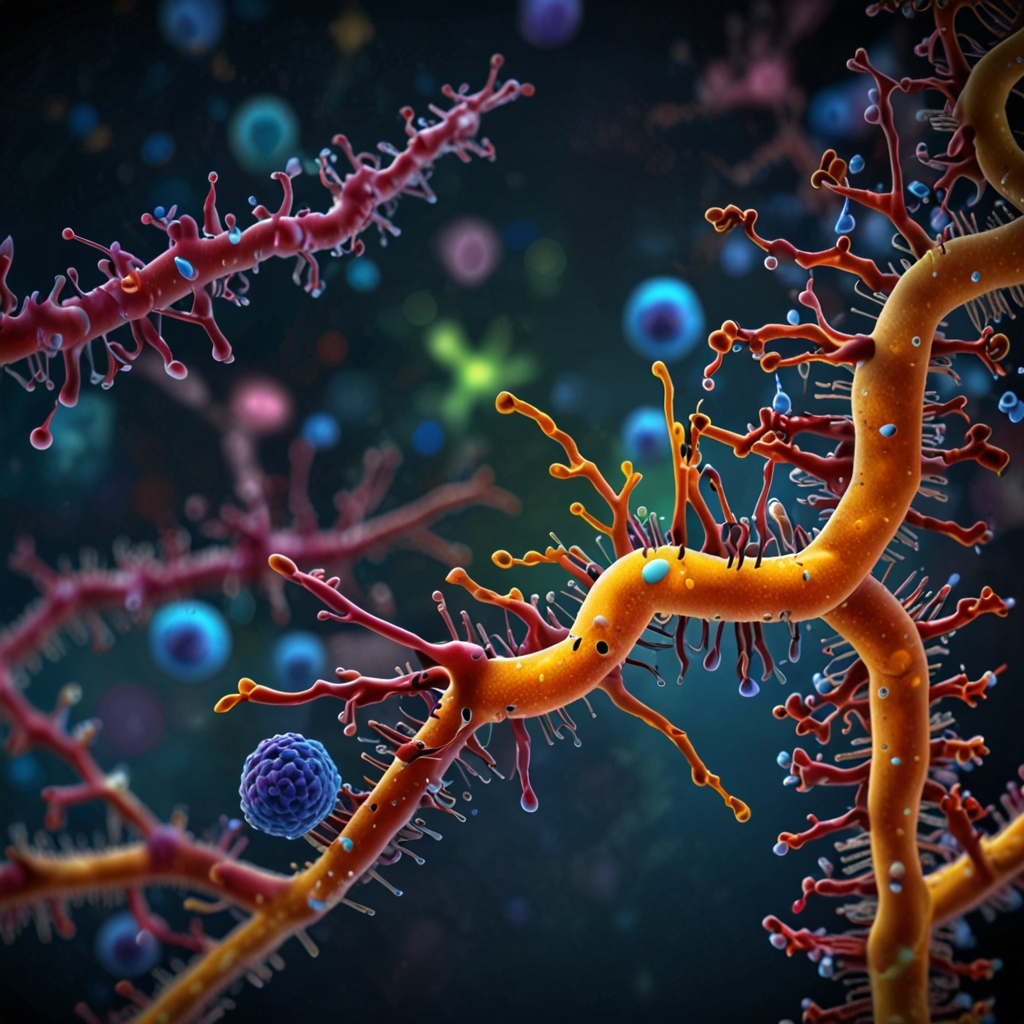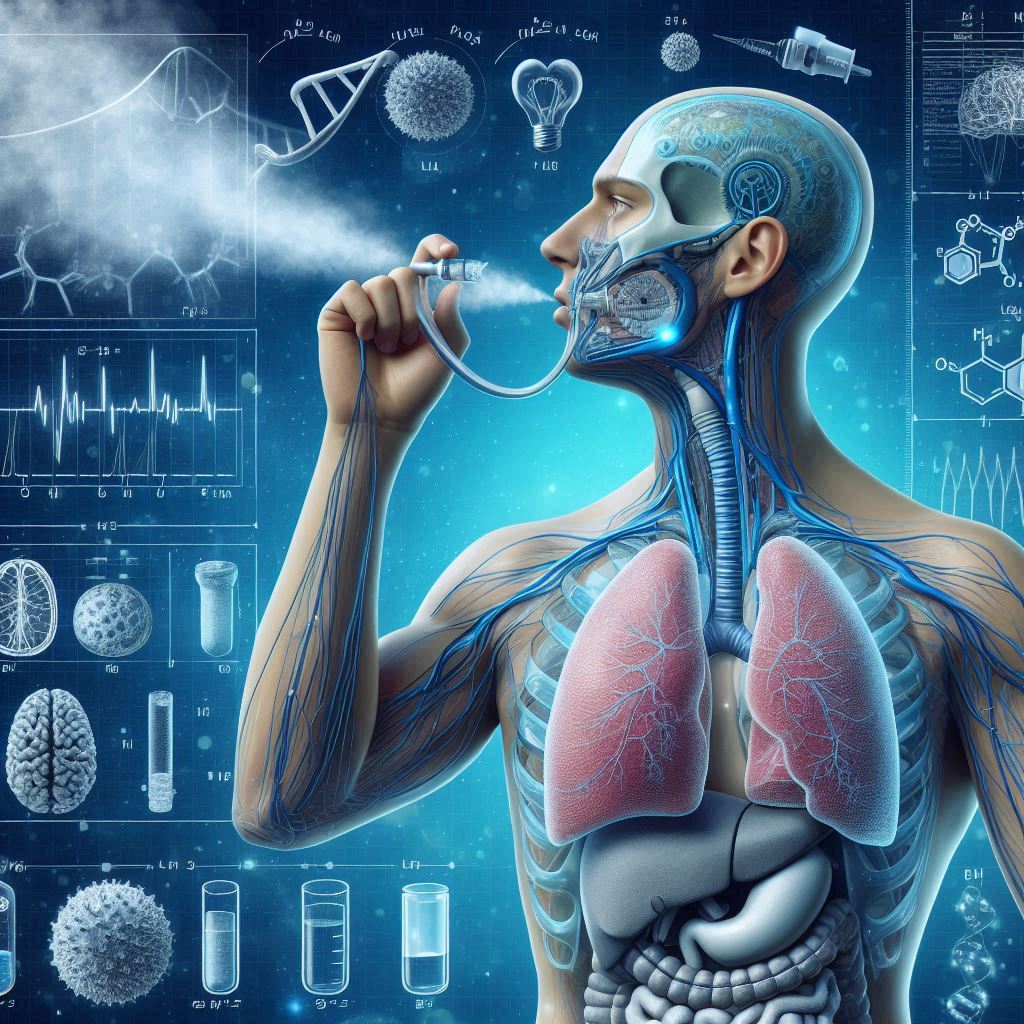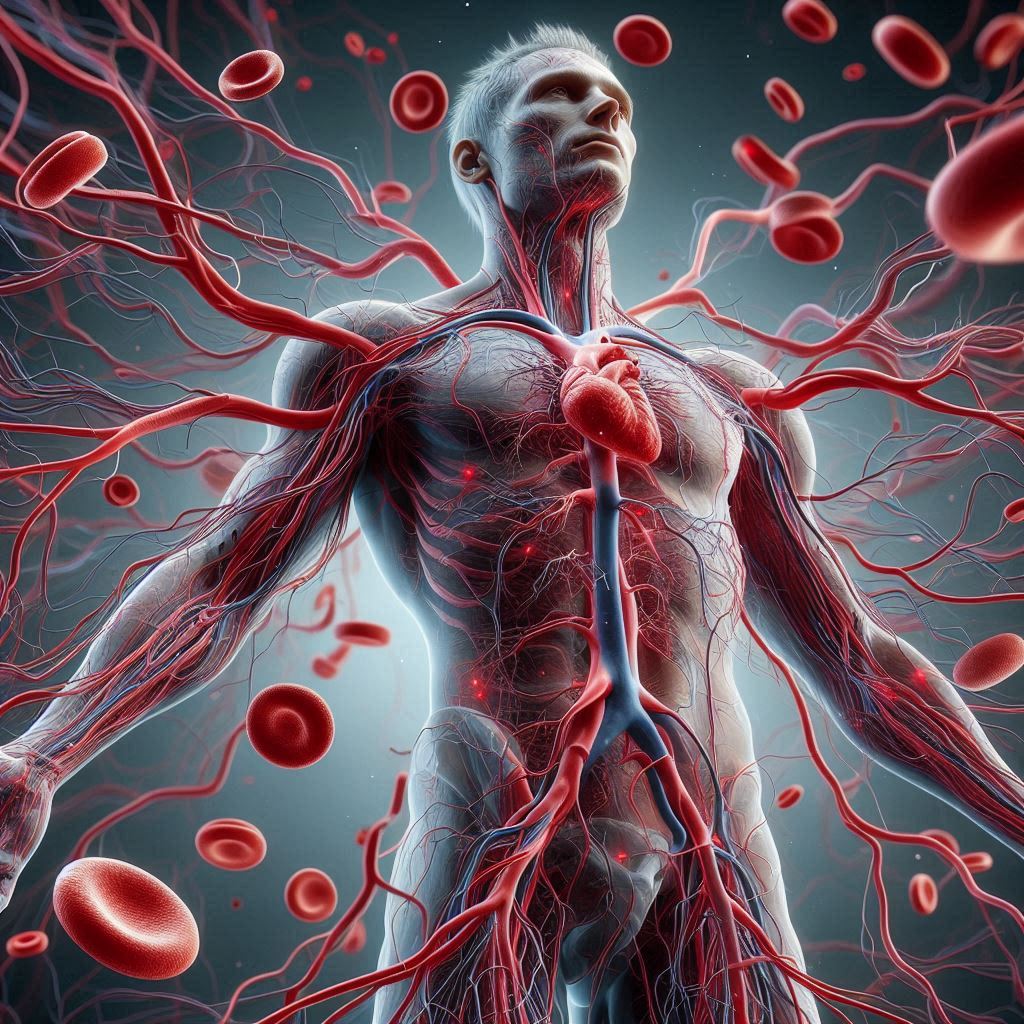
The time taken for the development of a baby from an implanted zygote is called the gestation period.

LABOR AND BIRTH
Labor are the sequence of events that leads to the birth of a baby.
Stages of Labor:
- Contractions of the uterus walls start
- Contractions of the uterus walls become more frequent and powerful which causes the amniotic membrane to break and release the amniotic fluid.
- Cervix dilates and baby’s head is pushed out of the cervix into the vagina.
- Baby is born
Hormones responsible for birth:
- Level of progesterone falls
- A hormone released from the pituitary gland of the mother which is called oxytocin stimulates the process
- Level of oestrogen rises
CONTRACEPTION
ays to prevent pregnancy:
– Rhythm method (understanding of the body’s natural cycles)
– A physical barrier (condom, femidom, diaphragm)
– A chemical (pill, spermicide)
– A surgical procedure (vasectomy)
CONTRACEPTION (RHYTHM METHOD)
- Calendar method
time of ovulation is recorded with a calendar.
- Temperature method
measuring body temperature to look for changes in ovulation.
the release of ovum increases the body temperature slightly.
- Mucus method
taking note of the changes of the mucus lining at the cervix and vagina during ovulation
However, the rhythm method is not very reliable as compared to using artificial methods of contraception.
MALE CONTRACEPTION METHODS
- Withdrawal – penis is withdrawn from the vagina before ejaculation occurs
- Vasectomy – sperm ducts are cut in a surgical operation
- Condoms – acts as a barrier to prevent sperm from being released into the vagina and protects against sexually transmitted infections
FEMALE CONTRACEPTION METHODS
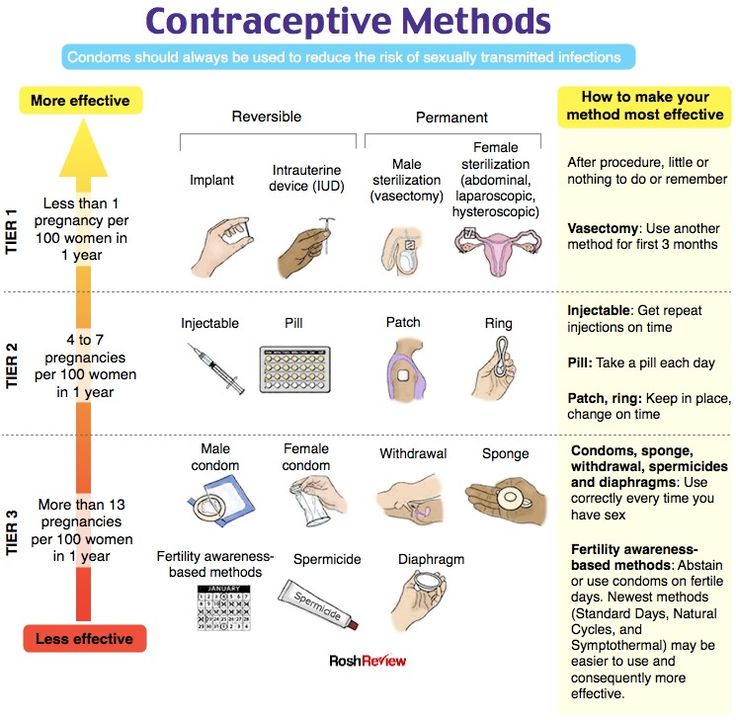

BREASTFEEDING AND BOTTLE FEEDING
Suckling stimulates the mother’s brain to release more oxytocin. Lactation is the process which occurs when the mammary glands squeezes out milk which is caused by oxytocin.

TWINS
Fertility drugs increases the chances of getting twins/triplets since more ova are released and fertilized at the same time.
Conjoined twins is the result of a zygote not fully splitting into two identical embryos.
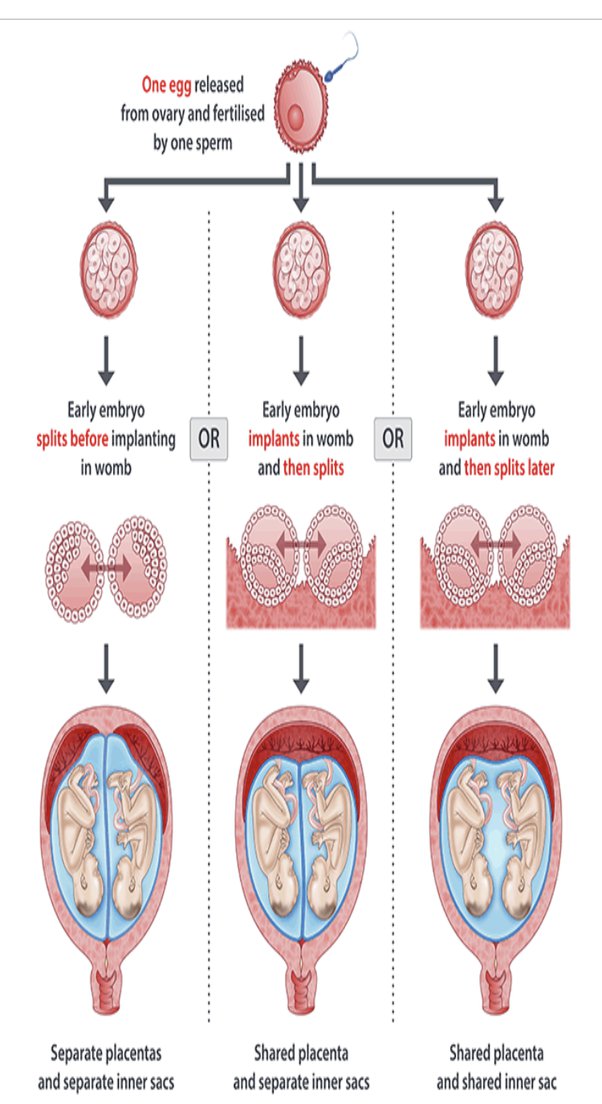
SEXUALLY TRANSMITTED INFECTIONS (STI)
STIs can be caused by bacteria, viruses or fungi.
Gonorrhea is caused by bacteria which can be treated by antibiotics.
Unfortunately, there is no cure for AIDS since it is caused by a virus

Pregnancy Tests & Symptoms FAQs
When is the earliest I can take a pregnancy test? How soon will it be accurate?
Most home pregnancy tests work by detecting the hormone hCG (human chorionic gonadotropin) in your urine, which your body starts producing after a fertilized egg implants in your uterus.
While some tests claim to be sensitive enough to detect pregnancy a few days before your missed period, it's generally recommended to wait **until the day of your missed period** for the most accurate result. Taking a test too early might result in a false negative because hCG levels may not be high enough yet.
When is the best time of day to take a home pregnancy test?
The best time to take a home pregnancy test is typically with your **first morning urine**. This is because morning urine is usually more concentrated, meaning any hCG present is more likely to be at detectable levels.
If you test later in the day, especially after drinking a lot of fluids, your urine might be diluted, potentially leading to a false negative result, even if you are pregnant. If testing after your missed period, you can usually test at any time of day, but first morning urine is still generally preferred for early testing.
How accurate are home pregnancy tests?
When used correctly and at the right time (ideally on or after the day of your missed period), most home pregnancy tests are highly accurate, typically **99% accurate**. Factors that can affect accuracy include taking the test too early, not following the instructions precisely, or using an expired test.
What are the early signs or symptoms of pregnancy? When do they usually start?
Early pregnancy symptoms vary greatly from person to person and can be subtle. Some common early signs include:
- Missed period
- Tender, swollen breasts
- Nausea with or without vomiting ("morning sickness")
- Increased urination
- Fatigue
- Food cravings or aversions
- Spotting or light bleeding (implantation bleeding)
- Cramping (similar to menstrual cramps)
- Bloating
These symptoms often start around the time of the missed period or a week or two after conception. However, many of these symptoms can also be caused by other factors, including PMS, so they aren't definitive proof of pregnancy.
Can cramping, spotting, or diarrhea be signs of early pregnancy?
- **Cramping:** Light cramping can occur around the time of implantation (when the fertilized egg attaches to the uterine wall), which is usually about 6-12 days after ovulation. It's often less intense than menstrual cramps.
- **Spotting:** Light spotting or pinkish/brown discharge, also known as implantation bleeding, can occur around the same time as implantation. It's typically much lighter and shorter than a menstrual period.
- **Diarrhea:** While not one of the most common early signs, some people do experience digestive changes, including diarrhea or constipation, in early pregnancy due to hormonal shifts.
Because these symptoms can overlap with PMS or other conditions, a pregnancy test is the best way to confirm pregnancy.
Can unprotected sex or precum lead to pregnancy?
Yes. Unprotected sex, including when ejaculation does not occur inside the vagina, carries a risk of pregnancy. Precum (pre-ejaculatory fluid) can contain sperm, especially if it occurs after a recent ejaculation, meaning it is possible for pregnancy to occur even if withdrawal is used as a birth control method.
How many weeks is a typical pregnancy? When do you start "showing"?
A full-term pregnancy is typically considered to be about **40 weeks** (or 9 calendar months, or 10 lunar months) from the first day of your last menstrual period (LMP).
When you start "showing" (your pregnancy becomes visibly noticeable) varies greatly. For a first pregnancy, it might not be noticeable until **16-20 weeks**. In subsequent pregnancies, abdominal muscles may be more relaxed, and showing might start earlier, sometimes as early as 12 weeks. Bloating can also make some people feel like they are showing earlier than the actual growth of the uterus would indicate.
What is a chemical pregnancy? What is an ectopic pregnancy?
- **Chemical Pregnancy:** A very early miscarriage that occurs shortly after implantation. It happens before the pregnancy can be seen on an ultrasound. A pregnancy test might be positive due to rising hCG, but menstruation begins soon after, often without the person knowing they were briefly pregnant.
- **Ectopic Pregnancy:** Occurs when a fertilized egg implants and grows outside the uterus, most commonly in a fallopian tube. This is a serious condition that requires immediate medical attention as it cannot result in a viable pregnancy and can be life-threatening if left untreated. Symptoms can include severe abdominal pain and bleeding.

